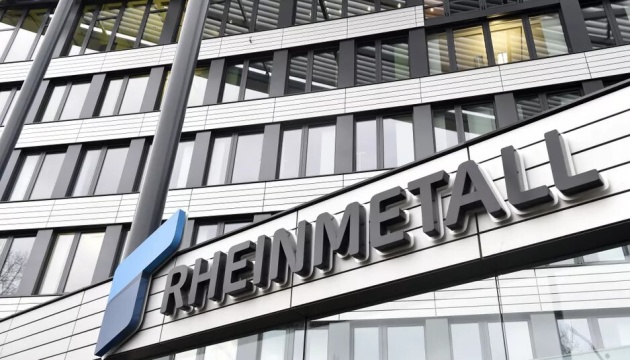Duncan Agnew, a geophysicist and professor at the University of California, San Diego, conducted an analysis using data from satellite images. 24 Channels.
How can this happen?
The process works like this: When polar ice caps melt and flow into the ocean, the redistribution of mass affects the planet’s rotation. Essentially, the center of the Earth becomes slightly heavier due to reduced mass at the poles, which slows down the spin rate. Agnew likened this phenomenon to a skater slowing down by extending her limbs during a spin.
The consequences of this slowdown go beyond scientific curiosity. This can affect timekeeping, a fundamental aspect of modern life. Coordinated Universal Time (UTC), currently the world’s time standard, follows the Earth’s rotation exactly. However, this rotation can change and adjustments need to be made occasionally.
These adjustments, usually the addition or subtraction of leap seconds, affect a variety of systems that depend on accurate timekeeping, such as satellites, computers, and financial institutions.
Agnew’s calculations show that before the polar ice caps melt, it will take one second for the clocks to align with the Earth’s rotation by 2026. However, due to the slowdown caused by ice melt, this adjustment may not occur until 2029. This delay indicates the significant impact of climate change on fundamental processes on Earth.
The results of the research highlight the unprecedented nature of the changes taking place on our planet.
Source: 24 Tv
I’m Maurice Knox, a professional news writer with a focus on science. I work for Div Bracket. My articles cover everything from the latest scientific breakthroughs to advances in technology and medicine. I have a passion for understanding the world around us and helping people stay informed about important developments in science and beyond.













